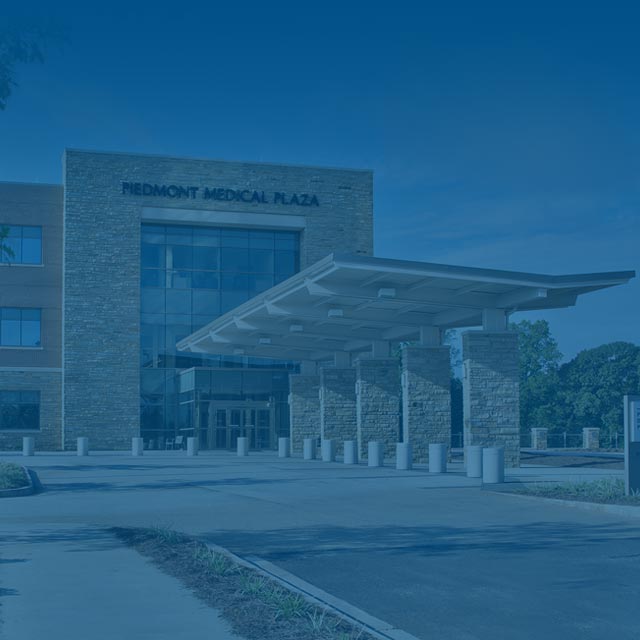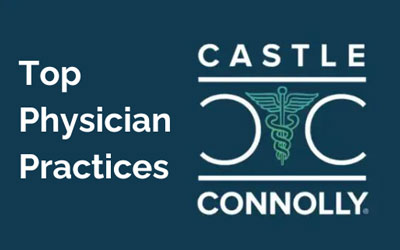Ovarian Cancer
General Information About Ovarian Epithelial Cancer
Key Points for This Section
- Ovarian epithelial cancer is a disease in which malignant (cancer) cells form in the tissue covering the ovary.
- Women who have a family history of ovarian cancer are at an increased risk of ovarian cancer.
- Some ovarian cancers are caused by inherited gene mutations (changes).
- Women with an increased risk of ovarian cancer may consider surgery to prevent it.
- Signs and symptoms of ovarian cancer include pain or swelling in the abdomen.
- Tests that examine the ovaries and pelvic area are used to detect (find) and diagnose ovarian cancer.
- Certain factors affect treatment options and prognosis (chance of recovery).
Ovarian epithelial cancer is a disease in which malignant (cancer) cells form in the tissue covering the ovary.
The ovaries are a pair of organs in the female reproductive system. They are in the pelvis, one on each side of the uterus (the hollow, pear-shaped organ where a fetus grows). Each ovary is about the size and shape of an almond. The ovaries make eggs and female hormones (chemicals that control the way certain cells or organs work).
Ovarian epithelial cancer is one type of cancer that affects the ovary. Others include:
- Ovarian Germ Cell Tumors
- Ovarian Low Malignant Potential Tumors
- Unusual Cancers of Childhood
Women who have a family history of ovarian cancer are at an increased risk of ovarian cancer.
Anything that increases your risk of getting a disease is called a risk factor. Women who have one first-degree relative (mother, daughter, or sister) with ovarian cancer are at an increased risk of ovarian cancer. This risk is higher in women who have one first-degree relative and one second-degree relative (grandmother or aunt) with ovarian cancer. This risk is even higher in women who have two or more first-degree relatives with ovarian cancer.
Some ovarian cancers are caused by inherited gene mutations (changes).
The genes in cells carry the hereditary information that is received from a person’s parents. Hereditary ovarian cancer makes up about 5% to 10% of all cases of ovarian cancer. Three hereditary patterns have been identified: ovarian cancer alone, ovarian and breast cancers, and ovarian and colon cancers.
There are tests that can detect mutated genes. These genetic tests are sometimes done for members of families with a high risk of cancer.
- Ovarian Cancer Screening
- Ovarian Cancer Prevention
- Genetics of Breast and Ovarian Cancer
Women with an increased risk of ovarian cancer may consider surgery to prevent it.
Some women who have an increased risk of ovarian cancer may choose to have a prophylactic oophorectomy (the removal of healthy ovaries so that cancer cannot grow in them). In high-risk women, this procedure has been shown to greatly decrease the risk of ovarian cancer. (See the PDQ summary on Ovarian Cancer Prevention for more information.)
Signs and symptoms of ovarian cancer include pain or swelling in the abdomen.
Ovarian cancer may not cause early signs or symptoms. When signs or symptoms do appear, ovarian cancer is often advanced. Signs and symptoms of ovarian cancer may include the following:
- Pain or swelling in the abdomen.
- Pain in the pelvis.
- Gastrointestinal problems, such as gas, bloating, or constipation.
These signs and symptoms also may be caused by other conditions and not by ovarian cancer. If the signs or symptoms get worse or do not go away on their own, check with your doctor so that any problem can be diagnosed and treated as early as possible. When found in its early stages, ovarian epithelial cancer can often be cured.
Women with any stage of ovarian cancer should think about taking part in a clinical trial. Information about ongoing clinical trials is available from the NCI Web site.
Tests that examine the ovaries and pelvic area are used to detect (find) and diagnose ovarian cancer.
The following tests and procedures may be used:
- Physical exam and history: An exam of the body to check general signs of health, including checking for signs of disease, such as lumps or anything else that seems unusual. A history of the patient’s health habits and past illnesses and treatments will also be taken.
- Pelvic exam: An exam of the body to check general signs of health, including checking for signs of disease, such as lumps or anything else that seems unusual. A history of the patient's health habits and past illnesses and treatments will also be taken.
- Ultrasound exam: A procedure in which high-energy sound waves (ultrasound) are bounced off internal tissues or organs, such as the abdomen, and make echoes. The echoes form a picture of body tissues called a sonogram. The picture can be printed to be looked at later. Other patients may have a transvaginal ultrasound.
- CA 125 assay: A test that measures the level of CA 125 in the blood. CA 125 is a substance released by cells into the bloodstream. An increased CA 125 level is sometimes a sign of cancer or other condition.
- CT scan (CAT scan): A procedure that makes a series of detailed pictures of areas inside the body, taken from different angles. The pictures are made by a computer linked to an x-ray machine. A dye may be injected into a vein or swallowed to help the organs or tissues show up more clearly. This procedure is also called computed tomography, computerized tomography, or computerized axial tomography.
- PET scan (positron emission tomography scan): A procedure to find malignant tumor cells in the body. A very small amount of radioactive glucose (sugar) is injected into a vein. The PET scanner rotates around the body and makes a picture of where glucose is being used in the body. Malignant tumor cells show up brighter in the picture because they are more active and take up more glucose than normal cells do.
- MRI (magnetic resonance imaging): A procedure that uses a magnet, radio waves, and a computer to make a series of detailed pictures of areas inside the body. This procedure is also called nuclear magnetic resonance imaging (NMRI).
- Chest x-ray: An x-ray of the organs and bones inside the chest. An x-ray is a type of energy beam that can go through the body and onto film, making a picture of areas inside the body.
- Biopsy: The removal of cells or tissues so they can be viewed under a microscope by a pathologist to check for signs of cancer. The tissue is usually removed during surgery to remove the tumor.
Certain factors affect treatment options and prognosis (chance of recovery).
The prognosis (chance of recovery) and treatment options depend on the following:
- The stage of the cancer.
- The type and size of the tumor.
- Whether all of the tumor can be removed by surgery.
- The patient's age and general health.
- Whether the cancer has just been diagnosed or has recurred (come back).
























